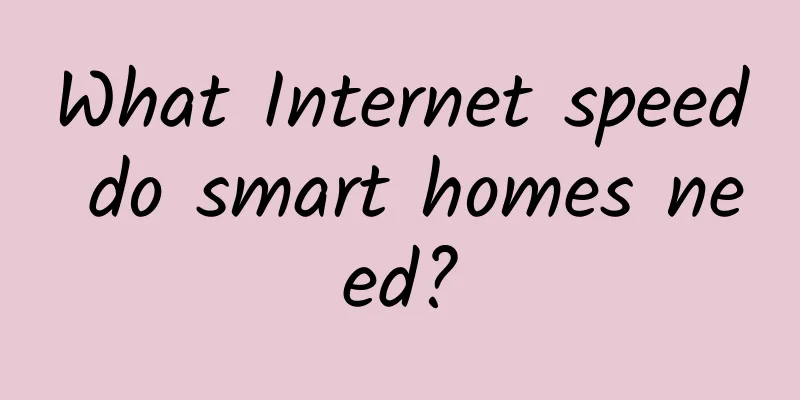Research shows: 5G will drive the development of the digital economy

|
How does 5G fit into this? As remote work, video conferencing, and digital collaboration become the new normal, consumers now demand reliable connectivity and more bandwidth. 5G wireless technology offers higher data speeds, ultra-low latency, massive network capacity, increased availability and reliability, and a more unified user experience for customers. So, as the world rapidly goes digital, 5G can provide a robust network and connectivity to help expand automation and be accessible anywhere in the world with minimal disruption.
5G enables digitalization Digital transformation not only caters to the current remote work scenario, but also helps companies move quickly when economic activities improve. The pandemic has forced many companies to adopt new technologies such as virtual reality, machine learning or the Internet of Things to keep their doors open and factories running with minimal manpower. The adoption of 5G can provide businesses with secure and reliable connectivity. If we look at individual industries, the relationship between digitalization and 5G becomes even clearer. In the medical industry, robotic surgery is no longer just an experiment, and IoT, AI, and 5G technologies together can enable robot-controlled surgery and remote analysis. 5G's unprecedented internet communications will help these advanced technologies run smoothly with minimal chance of error. The economic impact of 5G The 5G era is expected to bring unlimited connectivity, improve human life, enable automation, and transform industrial processes. In addition, it will play an important role in economic development. As telecommunications companies prepare for global 5G deployment, they are paving the way for huge infrastructure spending. According to a market research report, the global 5G infrastructure market was valued at US$1.99 billion in 2019 and is expected to reach US$41.96 billion by 2027, with a compound annual growth rate of 51.01%. Investments in 5G infrastructure will create demand for compatible smartphones, computers, and other devices. According to a study by IHS Markit, 5G will be fully operational around the world by 2035. This will help a wide range of industries such as retail, education, transportation, entertainment, etc. produce 5G products and services worth up to $13.2 trillion. Mobile phones will not only be used to connect people to people or people to information, but will also be used as a unified connectivity fabric that connects people to everything. This will help create 22.3 million jobs by 2035. Acquisitions and collaborations expand space In the race to take advantage of the 5G boom, some companies have been looking for smaller companies with the capabilities to support their 5G deployments. Microsoft, for example, has made major moves to gain traction in the 5G market. The company is working with telecom companies to help expand 5G deployments through its cloud-native framework and is leveraging its network acquisitions to develop 5G-based edge zones on its Azure cloud. On April 23, the tech giant acquired Affirm Networks for $1.35 billion, and then on July 15, Microsoft acquired Metaswitch Networks. While Affirm Networks gives Microsoft 5G core architecture capabilities, Metaswitch will enhance Microsoft's virtual network software portfolio. As 5G rolls out, several companies will take different approaches to technology adoption, entirely based on their business needs, with cloud infrastructure playing a vital role in this transformation. At present, the 5G era is coming to us. 5G will not only affect the mobile phone field, but also bring new changes to all walks of life. In the future, which industries will be affected by 5G? Let us wait and see. |
>>: The origin and development of Ethernet, you will understand after reading this!
Recommend
Huawei Storage promotes the "all-cloud, flash-based" strategy to eliminate bottlenecks in migrating key services to the cloud
[51CTO.com original article] With the development...
Beyond 5G: The next generation of wireless technology is coming
The transition to 5G is still underway, but talk ...
Friendhosting Halloween 30% off, 13 data center VPS monthly payment from 2.1 euros
Friendhosting has launched this year's Hallow...
As VR enters its heyday, how will the three major operators plan their layout?
As we all know, VR is a very popular technology n...
The Ministry of Industry and Information Technology has implemented new measures to promote the accelerated development of 5G and accelerate the construction of the new economic form of "5G+".
my country's 5G development has once again re...
edgeNAT: 30% off for Korean dedicated servers, 20% off for monthly VPS in Korea/USA/Hong Kong, 30% off for annual VPS
edgeNAT is a Chinese hosting company founded in 2...
vSwitch expansion in the Ack cluster Terway network scenario
[[442525]] Table of contents 1. Terway Network In...
Whether to upgrade WiFi 6 routers depends on the consumer's own situation
Nowadays, remote home office and classes have bec...
Cartoon | IPv6 makes every grain of sand under your feet unique
I am an ordinary grain of sand in the vast sea of...
F5 focuses on application security architecture and promotes new security strategies of north-south stratification and east-west precision division
[Original article from 51CTO.com] On February 20,...
Huawei releases next-generation machine vision cameras and new products for 2020
[Hangzhou, China, May 25, 2020] Today, the Huawei...
From I/O multiplexing to Netty, we also need to cross the Java NIO package
[[389262]] In the previous article, we took a dee...
Detailed explanation of five Docker container network modes
Docker networking sets up how containers communic...
5G promotes the transformation and upgrading of operators and expands new forms and models of information consumption
Recently, the website of the Central Commission f...
Cisco ushers in a new era of networking
The recent WannaCry ransomware cyberattack target...









